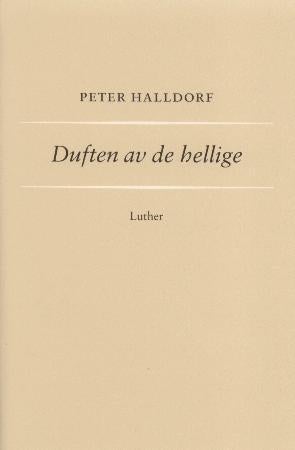
Heavy Metal Music in Britain
719,-
Heavy metal has developed from a British fringe genre of rock music in the late 1960s to a global mass market consumer good in the early twenty-first century. Early proponents of the musical style, such as Black Sabbath, Deep Purple, Judas Priest, Saxon, Uriah Heep and Iron Maiden, were mostly seeking to reach a young male audience. Songs were often filled with violent, sexist and nationalistic themes but were also speaking to the growing sense of deterioration in social and professional life. At the same time, however, heavy metal was seriously indebted to the legacies of blues and classical music as well as to larger literary and cultural themes. The genre also produced mythological concept albums and rewritings of classical poems. In other words, heavy metal tried from the beginning to locate itself in a liminal space between pedestrian mass culture and a rather elitist adherence to complexity and musical craftsmanship, speaking from a subaltern position against the hegemonic discou








